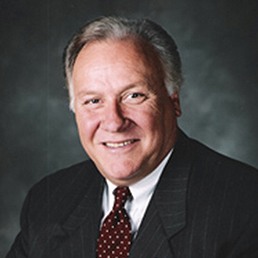The New York Times published an editorial opinion piece last month — on Nov. 13, 2019, to be exact — written by Police Chief Brandon del Pozo of Burlington, Vermont, in which he advocated for police officers not to draw their firearms when confronted by a person with an edged weapon.
I find his recommendations to be both dangerous and absurd.
I am certain his officers would agree.
His reasoning is understandable when one realizes that he serves at the pleasure of a city council, one member of which recently suggested disarming its police.
He is, whether he admits it or not, a politician and NOT a police officer.
Chief Pozo writes, “One of our City Council members recently suggested that we should explore ways to disarm our city’s police because it would prevent them from killing people and force them to approach crises differently.”
Certainly disarming the police would result in the police using less deadly force. It would also prevent police officers from protecting the people they are sworn to safeguard — which most certainly would result in loss of life caused by the inability to successfully stop armed assailants.
The chief suggests that pointing a gun at a person with a knife, who may be going through a mental health crisis, is counterproductive to de-escalation.
I agree, however, that for the officer to be able — in the seconds he might have to make a decision upon which his life depends — to determine the mental health of a subject with a knife is not a reasonable expectation.
The “21” foot rule accurately postulates that a subject can cover the 21 feet — separating the officer from his assailant — before the officer can draw, target, and fire his weapon.
This has been proven countless times in controlled environments.
Related: How Cutting-Edge Cop Training Can Save Even More Lives
This, then, is the outer limit of nearness an officer can safely allow for a subject armed with a stabbing or cutting weapon.
We agree that officers need to make tactical decisions that put space or obstacles between themselves and the subject — thus hampering and slowing the subject’s ability to harm the officer and allowing time for dialogue/de-escalation.
Lacking those impediments, however, officers must be expected, and trained to be prepared, to use deadly force to protect themselves and the public.
For a chief of police to suggest the contrary is nothing more than a demonstration of his willingness to give more consideration to the rhetoric of an ignorant political pundit than the well-being of the officers he is responsible to lead.
The opinions expressed by contributors and/or content partners are their own and do not necessarily reflect the views of LifeZette.

Join the Discussion
COMMENTS POLICY: We have no tolerance for messages of violence, racism, vulgarity, obscenity or other such discourteous behavior. Thank you for contributing to a respectful and useful online dialogue.